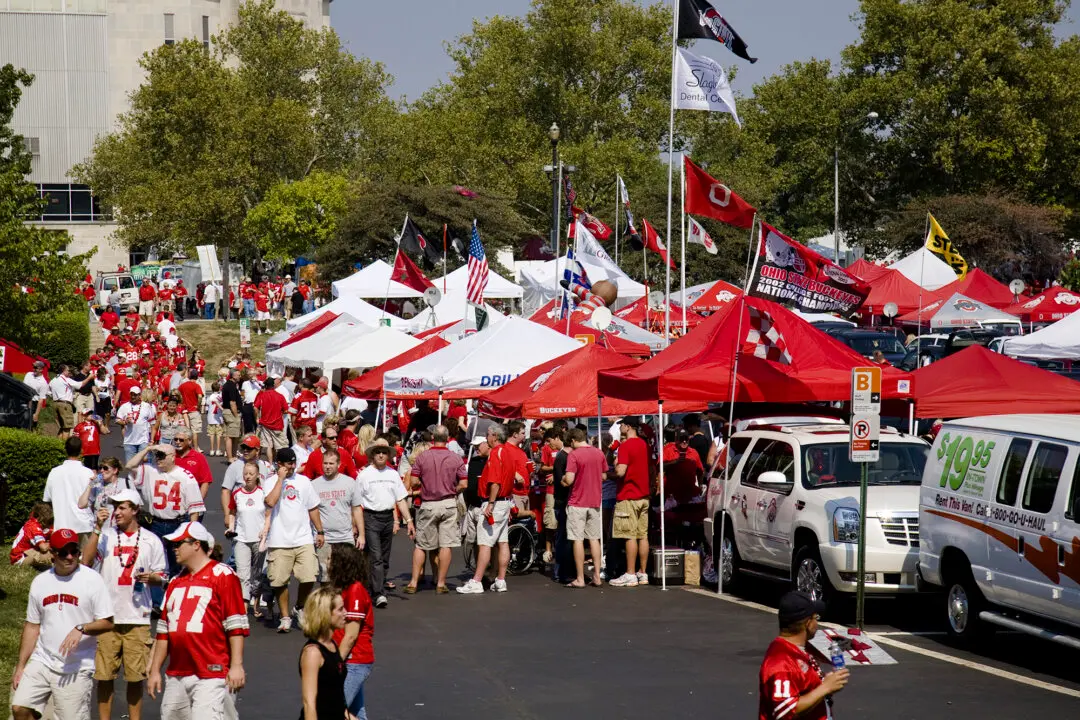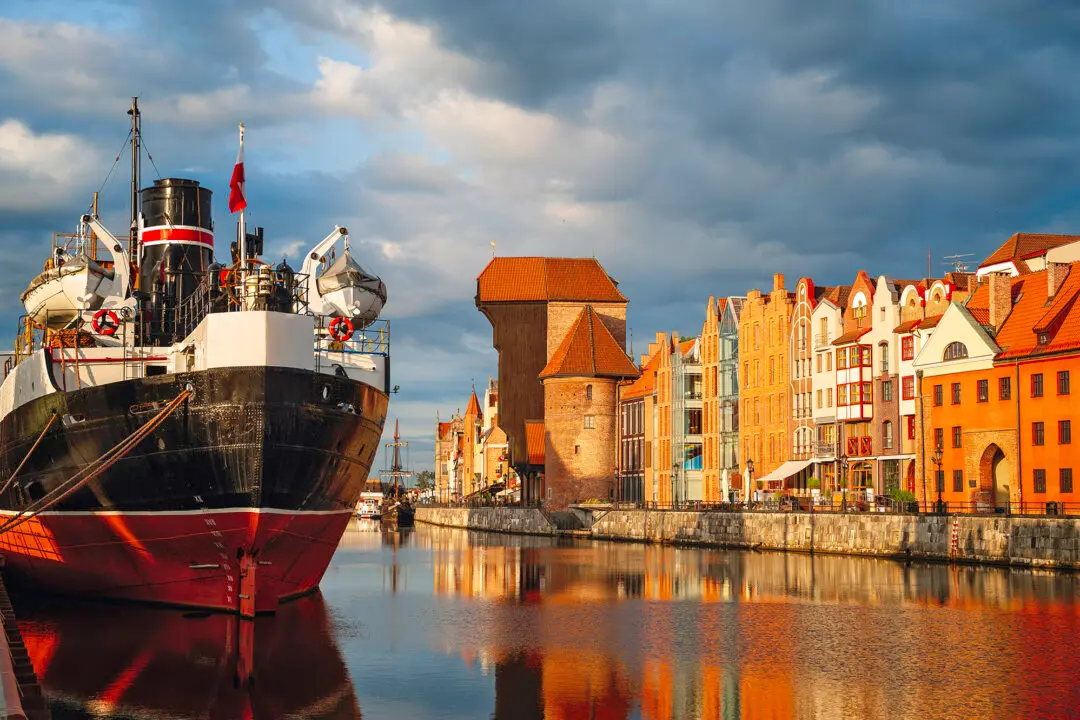It’s long been America’s promised land. From wagon trains rolling west in search of a better life to starry-eyed hopefuls heading to Hollywood seeking their big break, the West has been the destination for many. And in 2021—when road trips are still so popular—many motorists are answering.
And the West is big. Once you’re on the coast, you’ll find plenty of places to roam. Starting in southern California, leave the smog and traffic of Los Angeles behind, making your way along Pacific Coast Highway (PCH). Then, further on, you'll find towering redwood forests and earthy Oregonian cities, and continuing north will lead you to Puget Sound and Seattle. Along the way, you’ll find wild opportunities to get outside under sweeping skies and endless horizons, breathing the fresh air on the western edges of the country.





